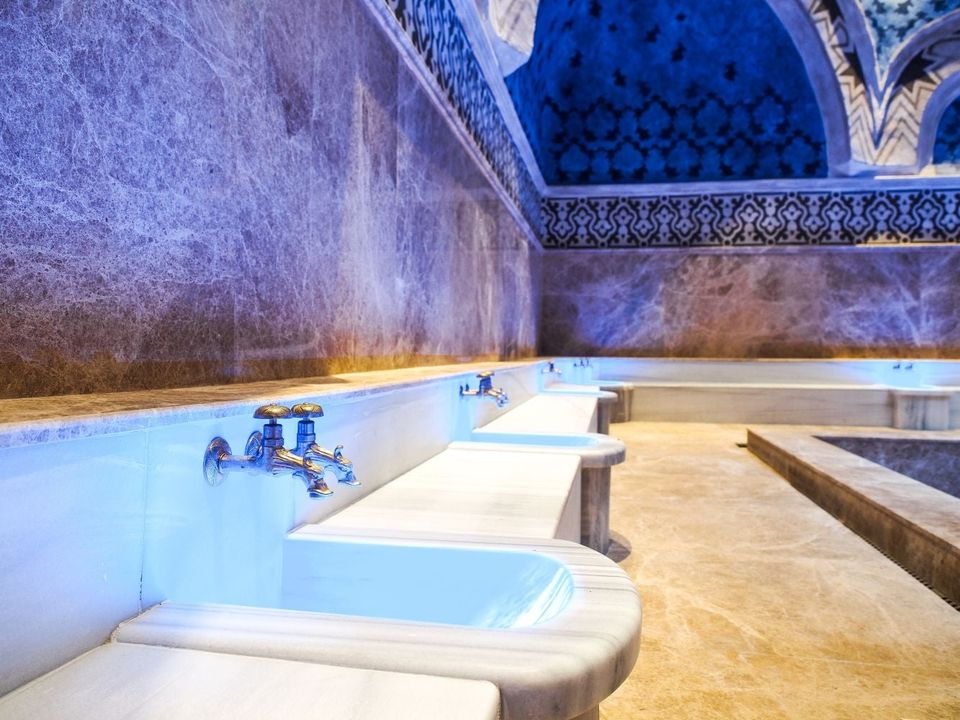The city's foundation has traditionally been ascribed to the Byzantine Emperor Justinian in the 6th century AD. And the city's emblem consists of the portrait of the Emperor Justinian crowned by a stylized depiction of the nearby ancient theatre of Dodona.
One of the most notable attractions of Ioannina today is the inhabited island of Lake Pamvotis. There are six monasteries on the island, some of which were also colleges during the years. The island' s winding streets are home to many gift-shops, tavernas, churches and bakeries.
Another attraction is the Ioannina Castle. Byzantine baths, Ottoman baths, Ottoman library, and Soufari Sarai are located within the castle' s walls. Also, the old Jewish Synagogue is located within the walls of the castle and is one of the oldest and largest buildings of its type surviving in Greece.
Ioannina has one of the most beautiful caves in Europe. It is called Perama and was formed about one and a half million years ago. The beauty of the chambers defies description. It seems impossible that the hall of the Cross, with its limestone worshippers, was formed without human intervention, and yet, it is a natural sculpture of truly stunning proportions. The Hall of Legendary Palaces looks like a fairy house. The stalactites projecting from the ceiling look like surprisingly complex yet harmoniously constructed chandeliers.
The natural environment, the climate and the strong cultural traditions make Ioannina unique. The city is full of secret places and legends still living.
Sources:
http://www.visitgreece.gr/
https://en.wikipedia.org




 RSS Feed
RSS Feed


